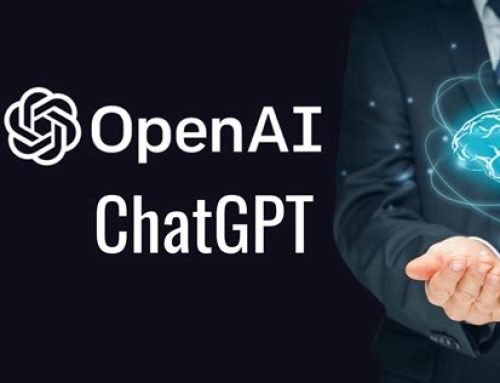The operational co-creation team that had committed to making the ILM system was led by Marco van Lochem. The ILM had a variety of technical specifications that were to come together in one outdoor system. It had to measure: PM0,1 (Ultra Fine Particles), PM1, PM2,5 and PM10, as well as temperature, moisture and OZON. To do this a number of modules were selected that could be found on the market, including a very special add on, in prototype phase made by Philips for measuring the ultra fine particles (smaller than a virus).
A special design instruction was agreed to develop also a NOx module of which no suitable alternatives were yet available on the market. The team consists of the following organizations:
Technological:
- ECN: technological partner for the HW development of the Airboxes and NOx sensor,
- Philips: for the supply of the Ultra Fine Dust prototypes
- I’mtech: for the ICT infrastructure, data collection and user interfacing
Government:
- City of Eindhoven: Usage of public space and infrastructure and benchmarks with previous networks
Scientific:
- University of Twente (ITC): Spatial organization of measurement network, modulation techniques and time intervals, interpretation of air quality data, weather influences, satellite observation
- University of Utrecht (IRAS): Relationship with human health from lung and respiration point of view. Cross referencing with multiple database information (eg healthcare information versus air quality evolution on postal code level)
In September 2013 the Airbox network was installed and tested in the city of Eindhoven according to the structural design agreed in the team above. This is the short news item registered by the local TV station.
The airboxes provide air quality measurements every 10 minutes and send the data in real time to a data collection centre.
The data is planned to be open source so that all kinds of users can use the information on platforms. Prior to doing so the measurements needed to be calibrated against formally recognized systems and measurements. This is necessary to be able to use the data for interpretation and scientific analysis. If it were not calibrated the data quality and every analysis based on this data could be challenged and so would the professional nature of AiREAS. In December 2013 the calibration proved the quality of the measurements and the equipment could be recognized formally by the authorities.
The installation of the network was reason enough for a party and all people involved, government officials, business executives, scientists, educators and civilian collaborators, enjoyed a BBQ together in the home garden of Marco van Lochem in Best.
Phase 1 had reached a stage in which it could start playing a role in the city with information. But the phase was not yet finished. The NOx was not yet ready and the scientific proof analysis of the expectation could only be realized when sufficient data is collected. Also we needed to build up experience with the ILM network since it is not a purchase but a co-creation within a higher purpose (healthy city). How can the network contribute to the mission and what quality expectations do we expect during the years to come?
New questions appeared so people were asked to start thinking of next phases based on the availability of the network?








[…] a more definite infrastructure that will monitor air quality in the entire region, similar to the finemaze, near realtime network we have in the city of Eindhoven. Due to the diversity of polluting agents in the broader scope of […]